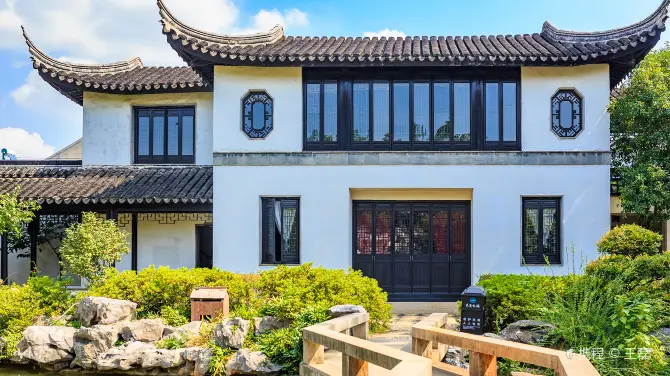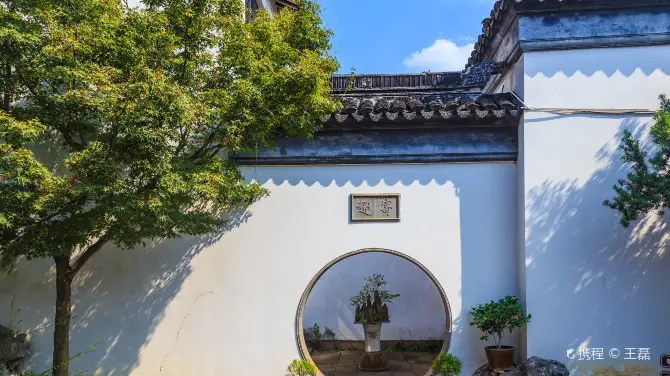Gusong Garden
★★★★GardensAncient Trees
East of Lufei Bridge, Shantang Road,Mudou Town, Wuzhong Disrict, Suzhou 215101, China



Description
Gusong Garden, a Qing Dynasty mansion garden-style building, was built by Cai Shaoyu, a wealthy man in Mudu in the late Qing Dynasty. The buildings in the house are simple and elegant, with very fine carvings, and have certain artistic and cultural value. It is a cultural relic protection unit in Suzhou City. There is a Ming Dynasty Podocarpus in the back garden, which is verdant and vigorous, and has a graceful posture. Gusong Garden is named after this pine. The architectural layout of Gusong Garden is a front house and a back garden, a typical Qing Dynasty mansion garden style. The buildings in the house are simple and elegant, with very fine carvings, and have certain artistic and cultural value. It is a cultural relic protection unit in Suzhou City. There is a Ming Dynasty Podocarpus in the back garden, which is verdant and vigorous, and has a graceful posture. Gusong Garden is named after this pine. The building hall of Gusong Garden is unique, because there are sixteen upside-down flower baskets carved on the lower end of the eaves, and sixteen phoenixes carved on the porch beams upstairs, so some people call this building hall "Flower Basket Building" or "Phoenix Building". The carving master of Phoenix Building is Zhao Zikang, a Suzhou carving artist in the late Qing Dynasty and early Republic of China. Zhao Nai was from Phoenix Village, Mudu Town. His famous work is Dongshan Carved Building, and Mudu Phoenix Building is his early work, so some people call these two buildings "North and South Sister Carved Buildings". All the carvings on Phoenix Building are auspicious patterns, which are called "asking for good luck" by the people. When you enter the park, you can see a Podocarpus, which is more than ten meters high and is a relic of the Ming Dynasty. According to the "Wu County Chronicles", this tree is more than 500 years old. From the appearance, it is still so lush and green, without any signs of old age. Not far to the north is a ginkgo tree, which is thick enough to be hugged and has upright branches. In autumn, the branches are full of fruits, and in early winter, the tree is full of golden yellow, bringing a happy atmosphere to the front and back yards. There is a winding double-decker corridor surrounding the tree. Standing in the corridor, you can see the green ancient pines up close and the Lingyan Mountain scenery in the distance, which makes people feel as if they are away from this world. There is also a half-acre pond in the garden. The lake rocks, rockery, pavilions, terraces and corridors are built along the water. The reflections of the buildings are intertwined with the light of the sky and the shadows of the clouds, making the scenery more charming. The whole garden is therefore more spacious and more charming. Such a waterscape is in line with Du Fu's poetic painting of "famous gardens by green waters".













